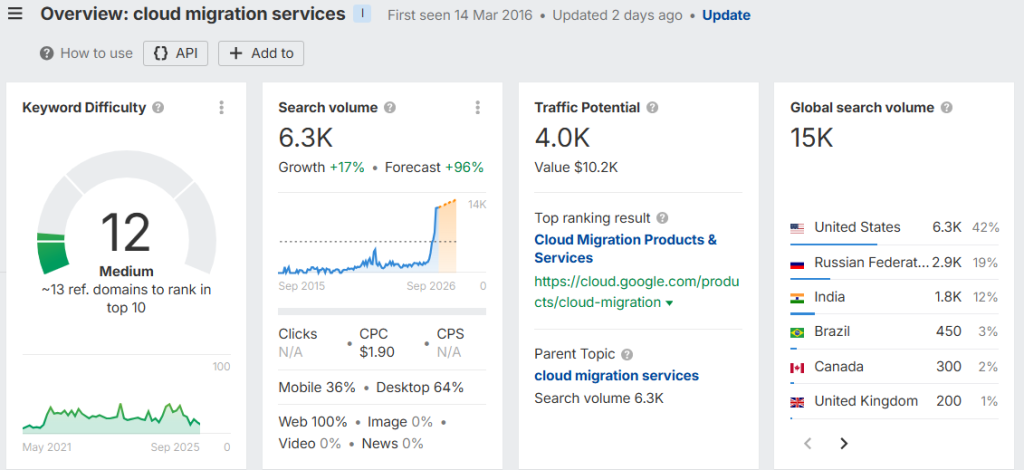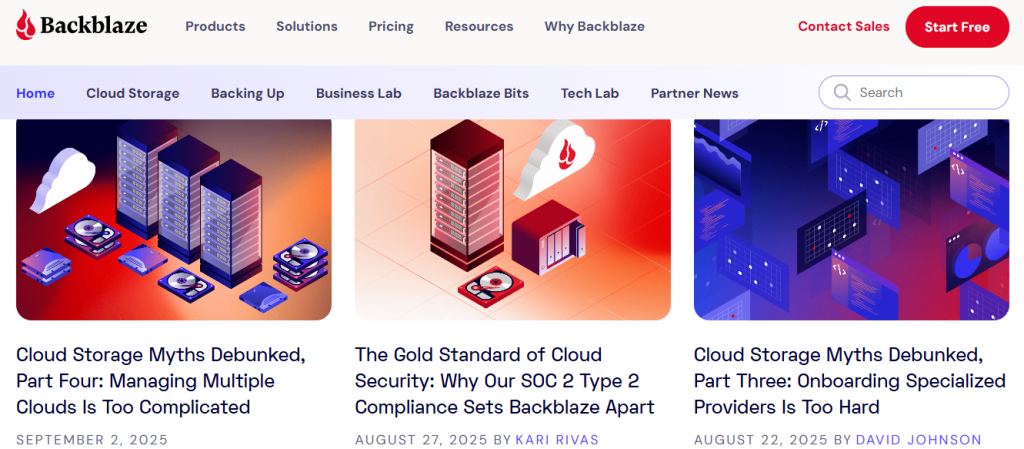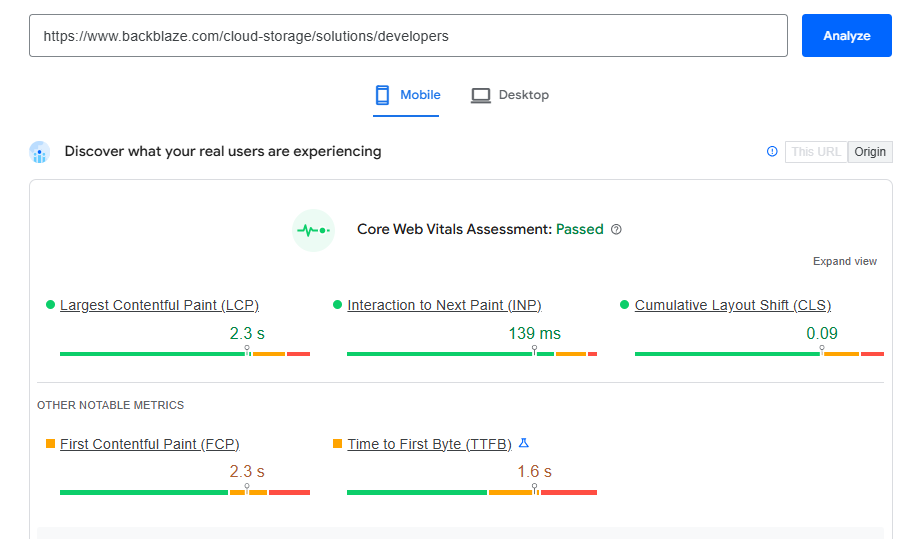Table of Contents


Want to Boost Rankings?
Get a proposal along with expert advice and insights on the right SEO strategy to grow your business!
Get StartedWritten by Ananyaa
- Updated Oct 7, 2025
Reading Time: 10 min read
The cloud computing industry, currently worth $912 billion, is set to grow exponentially and achieve a global market value of over $2300 billion by 2030 with an annual CAGR of 20.4%.
With 94% of companies using cloud services today, nearly every business is an opportunity for cloud computing service providers like you.
But here’s the catch. With the industry being dominated by leading cloud solutions like AWS, Azure and others, you need to go the extra mile to show up when people search for cloud computing solutions online.
Free SEO Audit: Uncover Hidden SEO Opportunities Before Your Competitors Do
Gain early access to a tailored SEO audit that reveals untapped SEO opportunities and gaps in your website.

If your potential clients don’t find you online, they will choose your competitors over you. It’s as simple as that.
So, how do you overcome this hurdle and attract leads that translate into profitable sales? SEO for cloud computing companies is the answer.
On that note, let me walk you through proven strategies we leverage at Stan Ventures when providing professional SEO services for cloud computing companies. Come on in.
What is SEO for Cloud Computing Companies?
SEO for cloud computing companies is the process of optimizing your website so it ranks higher on Google when people search for cloud services. It helps you show up ahead of your competitors for cloud computing-related searches online.
Effective cloud computing SEO not only improves visibility but also builds trust in a market where credibility and authority drive purchase decisions.
Why is SEO Important for Cloud Computing Companies?
The major benefits of SEO for cloud computing companies include:
- Increased Online Visibility: Ranking on Google’s page one instantly builds trust for your cloud computing brand, making your services more visible to enterprise buyers who are actively searching for solutions you sell.
- Increased Organic Traffic & Conversions: SEO brings in high-intent visitors at a fraction of the cost of paid ads. With multiple touchpoints, from blogs to whitepapers, it keeps prospects engaged until they are ready to convert.
- Competitive Edge: The cloud computing market may be dominated by tech giants, but niche providers can still level up the game with the right SEO strategy. By targeting specific industries and verticals, SEO helps close the authority gap and win a significant slice of the market share.
How to Implement SEO for Cloud Computing Companies: Proven Cloud Computing SEO Strategies for 2025
Here’s how you can practically implement SEO for cloud commuting.
1. Conduct Keyword Research
If you want your cloud computing company to show up when potential buyers search online, you need to know exactly what they are typing into Google. That’s why keyword research is the first step in any SEO strategy.
Targeted keyword research helps you identify the right terms your prospects are already searching for.
Start with a mix of broad and niche keywords. While “cloud services” can be too competitive, more specific terms like “cloud migration services,” “cloud backup for healthcare,” or “SaaS cloud security solutions” give you a better chance to rank higher.
Use tools like Ahrefs and Semrush to uncover high-intent, low-competition keywords.
Once you have your list, map them to buyer personas. For example, CIOs may search for “enterprise cloud compliance solutions,” while IT managers working for small and mid-sized companies may look for “cloud cost optimization tools.” or “budget-friendly cloud solutions”.
With voice and conversational searches on the rise, make sure you also optimize your website for natural queries like “best cloud backup for hospitals” or “secure hybrid cloud service provider” to capture specific leads.
2. Create Content Marketing Assets
Content marketing is how your cloud computing company can demonstrate expertise and build trust with potential buyers. The right mix of content types ensures you show up for every type of search intent.
- Blogs: Write educational, problem-solving content that addresses buyer pain points. For example, value-added blog posts like “Cloud Cost Optimization Best Practices” or “Cloud Maintenance Checklist” can not only rank for a high-intent keyword but also position your company as the go-to source for cloud-related information.
- Videos: Use short explainer videos to break down complex cloud-focused concepts and solutions in a simple way. These videos help improve user engagement, boost rankings and turn visitors into leads by showing them exactly how your service works.
- Infographics: Cloud migration or multi-cloud architecture, for example, can be overwhelming and difficult to understand instantly. A well-designed infographic makes these processes easy to grasp for your audience. Being highly shareable, they also drive backlinks and referral traffic to your website.
- Ultimate Guides: Long-form cornerstone content, such as an “Ultimate Guide to Multi-Cloud Security,” signals authority to both search engines and enterprise buyers. It’s the type of resource decision-makers bookmark and return to.
3. Focus On On-Page SEO
On-page SEO makes sure your cloud computing website is easy for both Google and buyers to understand. Small changes here can drive big ranking improvements.
On-page optimization elements include:
- Meta Tags: Use keywords meaningfully in your meta titles and descriptions. That’s the first thing users see when your cloud computing brand appears in search results.
- URLs: Keep them clean, short, and keyword-rich. Avoid clunky formats like /page?id=123. Use /cloud-backup-services instead.
- Headings: Structure your H1, H2s, and H3s logically so Google knows exactly what each page is about. This also makes content easier for readers to scan.
- Internal Links: Interlink service pages, blogs and other relevant pages on your site to distribute authority across your site. For example, you can link a blog on “Cloud Migration Best Practices” to your migration service page.
Note: Run a quick on-page audit from time to time to ensure your meta tags, headings, and links are aligned with your SEO strategy.
4. Build Authority With Backlinks
Backlinks are like trust signals for your cloud computing company’s website. The more high-quality links you earn, the more Google and your potential customers trust your brand.
Link building for cloud computing involves the following techniques.
- Brand Mentions: Brand mentions work like charm in the AI + SEO era. Getting featured or mentioned on platforms like TechCrunch, CloudTech, or CIO.com can boost your online visibility and authority.
- Industry Partnerships: Leverage your existing partnerships, including cloud vendors, resellers and integration partners, to build backlinks from relevant websites.
- Industry Directories & Associations: Submitting your business to cloud computing directories or associations brings backlinks, adds legitimacy and helps you get discovered by potential buyers.
- Guest Posting & Thought Leadership: Publish in-depth articles on cloud trends, security, or migration strategies on relevant sites. This not only earns backlinks but also positions you as a thought leader in your industry.
- Niche Edits: Secure contextual links within existing, high-authority articles related to cloud computing. Earning niche edit backlinks helps drive quick SEO value since the page is already indexed and ranked by Google.
5. Strengthen Your Technical SEO
Cloud solution buyers expect speed, security, and seamless access, and your website has to reflect the same. That’s why you should focus on technical SEO.
- Site Speed & Mobile Friendliness: Your potential customers often compare multiple providers on the go. If your page takes too long to load or isn’t mobile-friendly, people will bounce to competitors’ websites.
- Image Optimization: Cloud architecture diagrams, product screenshots, and workflow visuals are often heavy files. Ensure you follow Google-recommended image SEO best practices. Compress images without losing quality to keep pages lightweight while still showcasing the complexity of your solutions.
- Schema Markup: Implement Google-approved schema markup to boost visibility in search and show up in Google’s enhanced search results.
- HTTPS & Security: Security is non-negotiable in the cloud computing industry. Running your entire site on HTTPS reassures both search engines and users that the data is protected.
- Technical SEO Audits: Cloud websites often grow fast with new service pages, integrations, or case studies. Quarterly audits help you identify and fix crawl errors, broken internal links and indexation issues at the earliest.
6. Leverage Social Media for SEO
Social media is an SEO amplifier for cloud computing companies like yours.
LinkedIn is especially powerful, since it’s where CIOs and IT managers showcase an active presence and engagement.
Sharing blogs, webinars, and infographics on social media extends your reach and improves your chances of earning natural backlinks.
When it comes to social media marketing, you can repurpose each content asset into multiple formats. For example, a blog can become a LinkedIn carousel, a webinar can be cut into short clips, and an infographic can be turned into a Twitter thread.
7. Track SEO Performance
To know if your cloud computing SEO efforts are paying off, you need to measure the right metrics. Start by tracking keyword rankings for your core solution pages to see if you’re gaining visibility.
Use Google Analytics to monitor organic traffic growth, and connect it with your CRM to evaluate how many leads are actually converting from organic search.
Also, benchmark your domain authority against competitors. This metric is a clear indicator of where you stand in the cloud computing market.
In a crowded cloud computing market, invisibility equals lost revenue. SEO gives your company the visibility, authority, and credibility needed to attract enterprise buyers and compete even with the biggest names in the industry.
From keyword research and content marketing to technical SEO and performance tracking, every step you take builds long-term value for your brand. The sooner you start, the faster you gain ground on competitors who are already investing in SEO.
Ready to build a customized cloud computing SEO strategy that unfolds business growth? Book a free consultation with us at Stan Ventures to see how our dedicated SEO services for cloud computing companies can help.
FAQs
How important is SEO for cloud computing?
SEO is critical for cloud computing companies because it builds visibility and trust in a highly competitive market. Without it, even the best cloud solutions remain invisible to buyers searching online.
How long does cloud computing SEO take to show results?
Most cloud computing companies start seeing measurable improvements within 3 to 6 months, depending on competition and how consistently SEO strategies are applied. The results compound over time, making cloud computing SEO a long-term growth driver.
Is it okay to outsource SEO services for cloud computing companies?
Yes. Outsourcing cloud computing SEO services to a trusted partner like Stan Ventures helps you access proven SEO strategies, boost visibility, attract qualified leads, and scale your business faster.
About the author
Share this article
Find out WHAT stops Google from ranking your website
We’ll have our SEO specialists analyze your website—and tell you what could be slowing down your organic growth.
What People Say About Us
Hear from our clients about their experience with our high-quality SEO services.
Join the 2500+ business that trust our SEO optimization services




























 5
5


